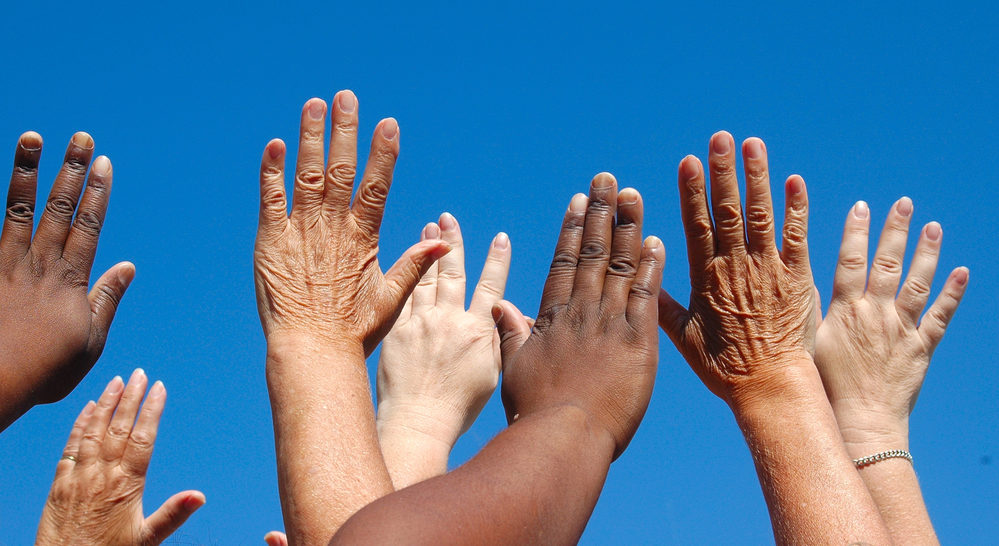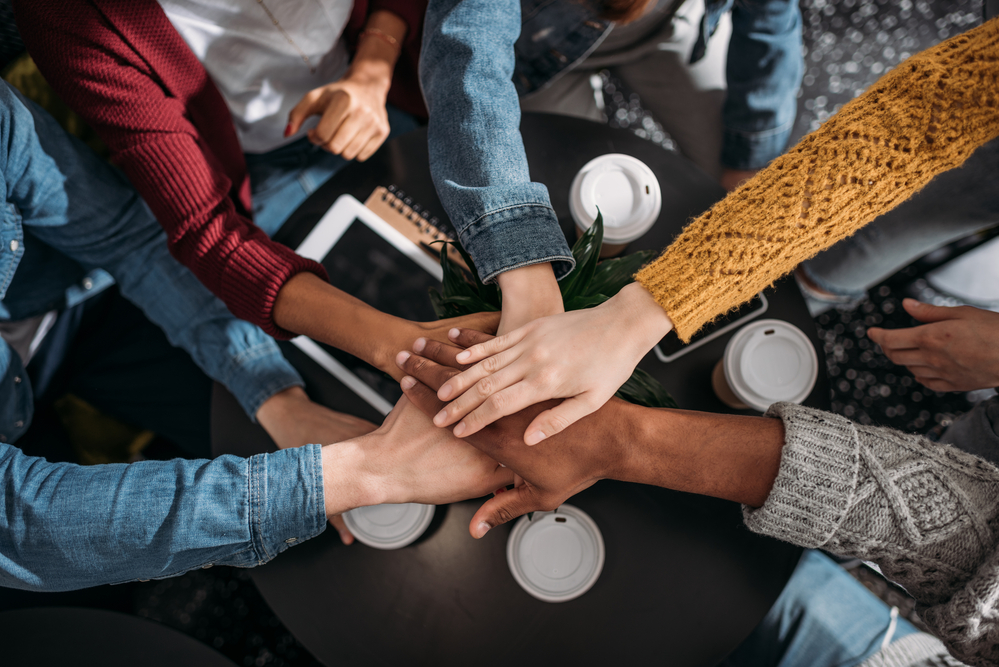
Let’s Talk Equity
Dr. Amy Pulliam, DHSc., MPH, MCHES
Health Educator
and
Paige Schildkamp, MPH
Health Educator
What comes to mind when you hear the word “equity?” The results from a 2019 National Equity Framing Survey found 52% responded that equity is connected to social justice, equality, and fairness. However, 48% of respondents said that equity is related to home value, money, or simply said “I don’t know.” Clearly, there are distinct differences in people’s understanding of equity and more conversation is needed.
Equity vs. Equality
Equity can mean something different to each of us. At first glance, it may appear that equity and equality are very similar, or almost the same thing. Unlike equality, however, equity recognizes that each person has different circumstances and allocates the unique resources and opportunities needed for the individual. Equity addresses the challenges each of us may have, rather than the “one-size-fits-all” solution.
To better understand why equity is so necessary, it is important to understand diversity. Diversity is the unique differences that we all have, including race, ethnicity, ability/disability, gender, sexuality, nationality, religion, education, and more. Diversity is represented in our daily lives in many ways. Diversity is what makes every person unique.
The reality is that some people get more than enough resources, while others get less than what is needed. This results in lack of access and opportunity. Equality assumes that everyone can and will benefit from the same type and level of support. However, because of diversity, everyone is unique and so are their needs. Focusing on this uniqueness is how equity is used to meet individual needs. This may involve doing more or less for a person depending upon their circumstances, with the overall goal of empowering them to access the same opportunities as everyone else. A person may have the same goals as someone else, but they might need a different kind of help to get there.
As seen in the graphic above, individuals are diverse. We have diverse needs, sizes, ability levels, and more. So, one bicycle cannot serve everyone – some people will need a bigger bike, a smaller bike, or a different bike entirely. This is a model for equity and how unique solutions are needed for individuals to get to the same goal.

We must also recognize that the lack of equity has a profound effect on a person’s physical and mental health. Having health equity specifically means that everyone has the access and opportunity to attain their individual highest level of health. Currently, healthy equity is prevented by barriers at many levels of society. Achieving one’s best health is extremely difficult without access to good jobs, safe environments, quality education, and affordable housing, among other factors. Health inequities are reflected in differences in length and quality of life, rates of disease and disability and death, severity of disease, and access to treatment. So what can be done to promote equity?
Where to Start
The only way to truly find out what someone needs is to have conversations. Someone may live in a certain location, belong to a certain community, or give the perception that their life is under control, but there may still be barriers and challenges that make life difficult. Hence, it is vital that we have uncomfortable conversations about the reality of our situations, so we can find unique solutions and work toward equity.
It’s a privilege to not worry about certain situations or outcomes, such as having direct access to a doctor, feeling safe at school, or having convenient access to grocery stores. Everyone has some form of privilege, from education, to community connection, to lessons learned, to willingness/ability to talk about unfair practices, and more. We should all identify and use our individual privileges to ensure that equity is present wherever we go, to improve opportunities and outcomes for everyone.
Being equitable is an ongoing process. Change is constant, so equity practices and intent must also be constant. It is not a one and done situation. Have the conversation, share your story, and be open to hearing others. Together we can find unique situations to address unique issues, and work toward equity for all.
Resources:
Achieving Health Equity
Visualizing Health Equity: One Size Does Not Fit All
Interactive Data: Racial Equity Themes
Featured Classroom Activity: Privilege Walk Lesson Plan
Recommended Ages: 6th grade and up
Many educators and activists use privilege walks as an experiential activity to highlight how people benefit or are marginalized by systems in our society. There are many iterations of such walks with several focusing on a single issue, such as race, gender, or sexuality. This particular walk is designed with questions spanning many different areas of marginalization, because the goal of this walk is to understand intersectionality.


